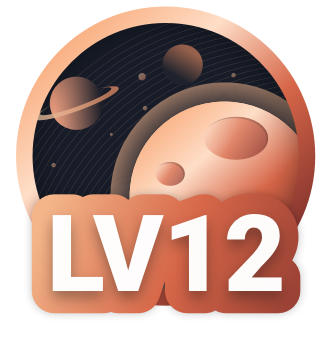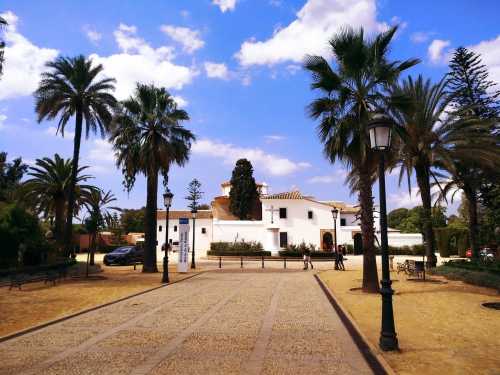Popular Travel Types
Recommended Attractions at Popular Destinations
Bangkok attraction near me | Manila attraction near me | Tokyo attraction near me | Taipei attraction near me | Hong Kong attraction near me | Seoul attraction near me | Kuala Lumpur attraction near me | Los Angeles attraction near me | Shanghai attraction near me | New York attraction near me | Shenzhen attraction near me | Osaka attraction near me | Singapore attraction near me | London attraction near me | Guangzhou attraction near me | San Francisco attraction near me | Beijing attraction near me | Macau attraction near me | Bali attraction near me | Jakarta attraction near me | Paris attraction near me | Ho Chi Minh City attraction near me | Istanbul attraction near me | Phuket attraction near me | Chicago attraction near me | Seattle attraction near me | Toronto attraction near me | Orlando attraction near me | Cebu attraction near me | Chiang Mai attraction near me
Popular Attractions
Kyoto Imperial Palace | MuTianYu Great Wall | Te Hāwere-a-Maki / Goat Island | São Jorge Castle | The Peak | Shanghai Gongqing Forest Park | Panda Valley | Dameisha Coastal Park | Namsan Mountain Park | Universal Beijing Resort | Kuala Lumpur Tower | Shanghai Tower | Sanxingdui Museum | The site of the first CPC National Congress | Two Rivers and Four Lakes | TSS Earnslaw | SkyPoint Observation Deck | People's Park | The Bund | Tao Sence | Randolph Park | St.-Martin-Kirche - Evangelisch-lutherische Kirchengemeinde Zetel | Jhulelal Temple | Blazing Star Preserve | Château médiéval de Montfaucon | Pyramide de la Paix | Southeastern Junior Golf Tour | Seventh-day Adventist Church, Tiraspol town | Shay Brennan Golf, Golf Shop, Specialist Club Fitting Centre & PGA Golf Lessons | Ruby's Horseback Adventures
Popular Restaurants in Huelva
Don Cammillo E Peppone | Restaurante Gran Via Uno | Pura Vida Ice Cream | Cafeteria Lys | Restaurante Nueva Serrania | Burguer Chef Alameda | La Teja | Bar La Estrella | Mariscos Carrillo | Cerveceria Muelle del Tinto | Punto D' Oro | El Tapeito | Bar-Restaurante Los Enebrales | Noviembre Tapas y Vinos | El Amanecer Churrerias | Panaderia Pasteleria Horno Santa Ines | Bar La Campana | Tarteria Las Alemanas | Restaurante Miramar | Pizzeria Huracanes | Don Camillo e Peppone | Azabache | Coma Tapas&Punto | Palace Catering | Taberna El Perolito | Restaurante Carmen | El Rey del Pollo | Cerveceria El Gallo Negro | Bar Gregorio | D Altura Restaurant
Popular Ranked Lists
Popular Luxury Hotels Near Weiden am See | Top 4 Best Things to Do in Mohe | Popular Premium Hotels in Korcula | Top 10 Local Restaurants in Longsheng | Popular Luxury Hotels Near Korcula | Popular Luxury Hotels Near Boljoon | Popular Luxury Hotels Near Akhaltsikhe | Top 7 Local Restaurants in Panzhihua | Popular Best Things to Do in Renhua | Popular Premium Hotels in Ukhiya Upazila | Popular Premium Hotels in Palakkad | Top 10 Local Restaurants in Fushun | Popular Best Things to Do in Dongxing | Top 3 Local Restaurants in Chuzhou | Top 4 Local Restaurants in Huludao | Top 10 Local Restaurants in Fuding | Popular Premium Hotels in Phuc Yen | Top 10 Local Restaurants in Yueqing | Popular Luxury Hotels Near Recreio dos Bandeirantes | Top 8 Best Things to Do in Aksu Prefecture | Top 10 Local Restaurants in Fuqing | Top 8 Local Restaurants in Langzhong | Top 9 Best Things to Do in Turpan | Top 10 Local Restaurants in Pengshui County | Top 10 Local Restaurants in Youyang County | Top 4 Best Things to Do in Jiangmen | Popular Best Things to Do in Leye | Popular Premium Hotels in Mobile | Top 5 Best Things to Do in Kangding | Popular Premium Hotels in Maggona
Payment Methods
Our Partners
Copyright © 2025 Trip.com Travel Singapore Pte. Ltd. All rights reserved
Site Operator: Trip.com Travel Singapore Pte. Ltd.
Site Operator: Trip.com Travel Singapore Pte. Ltd.


















